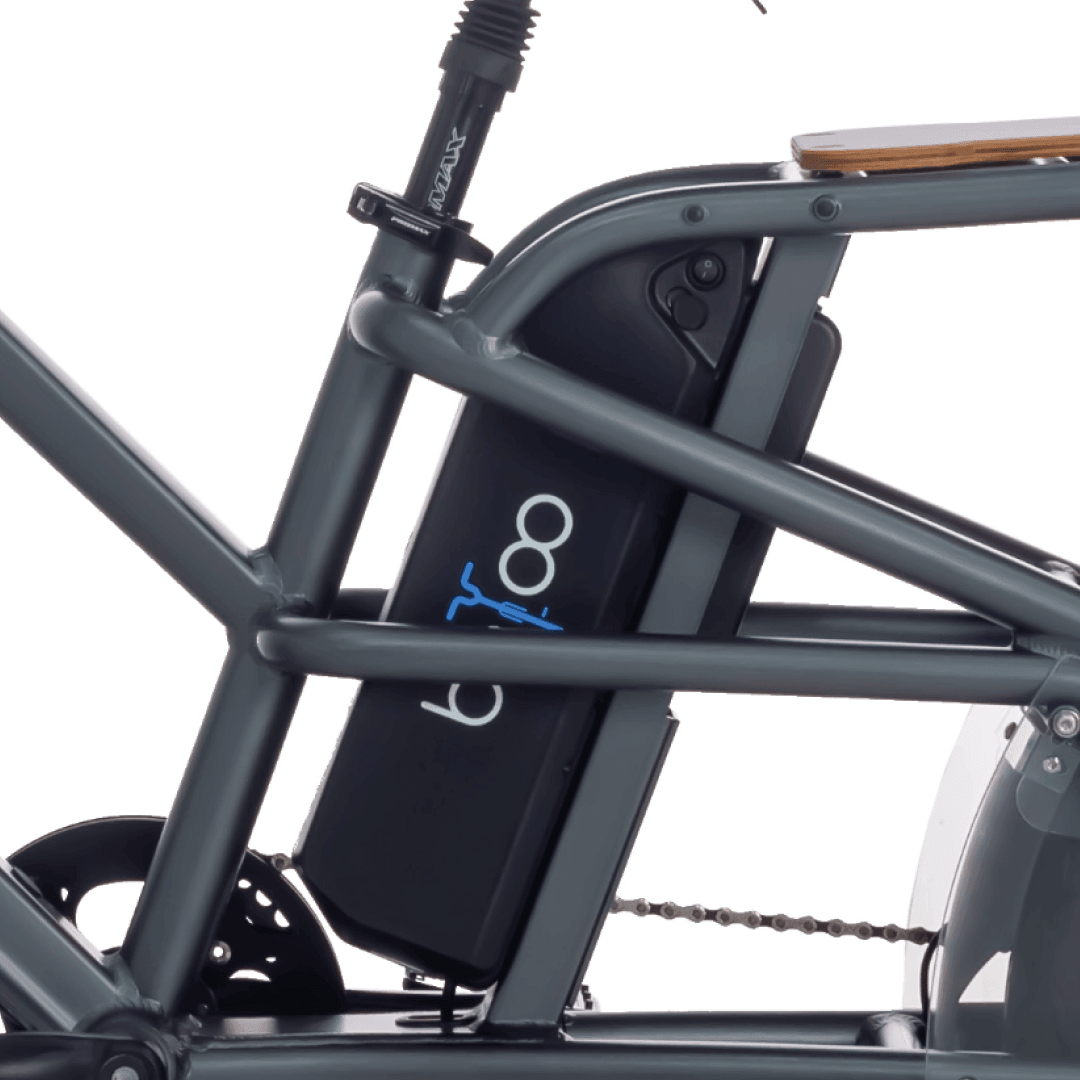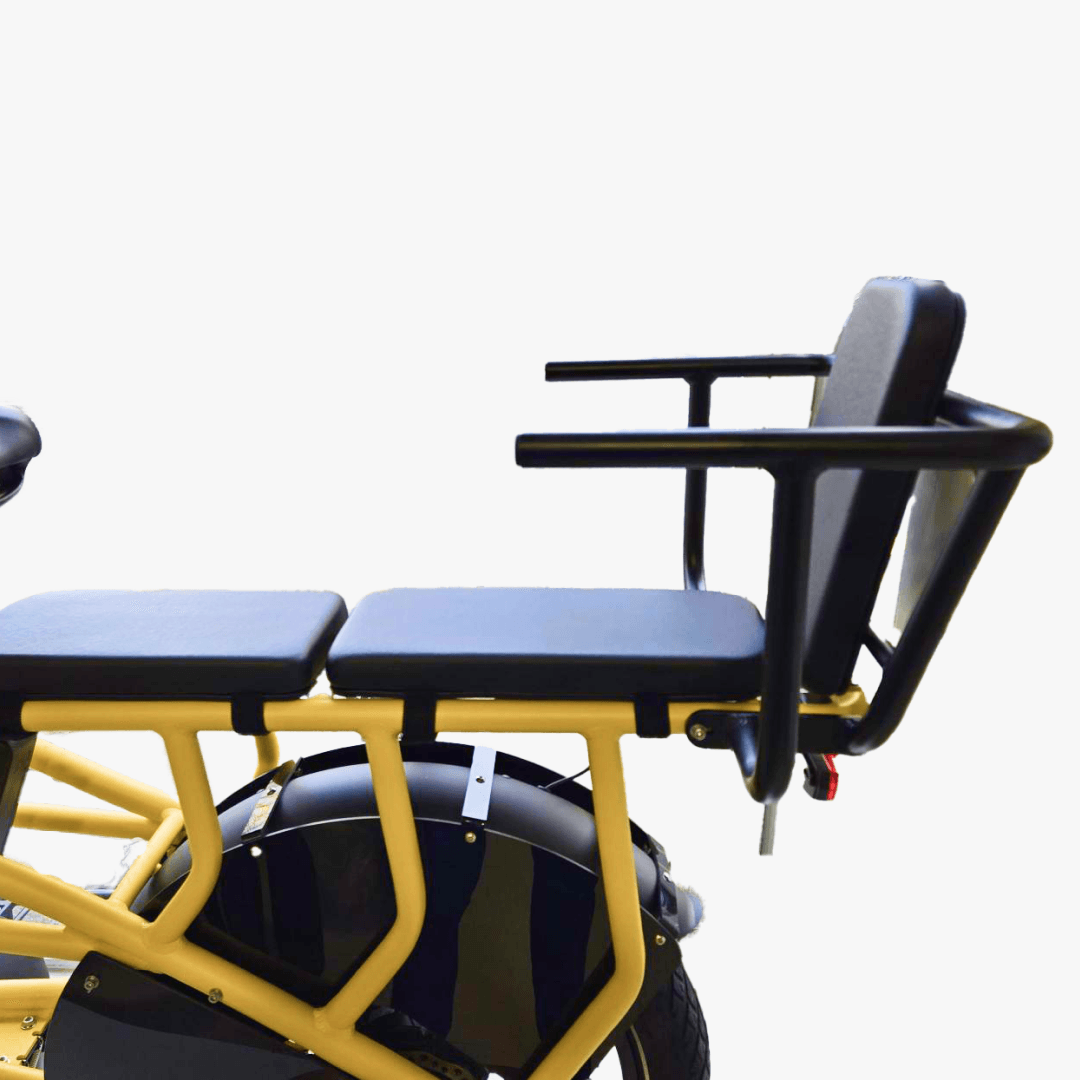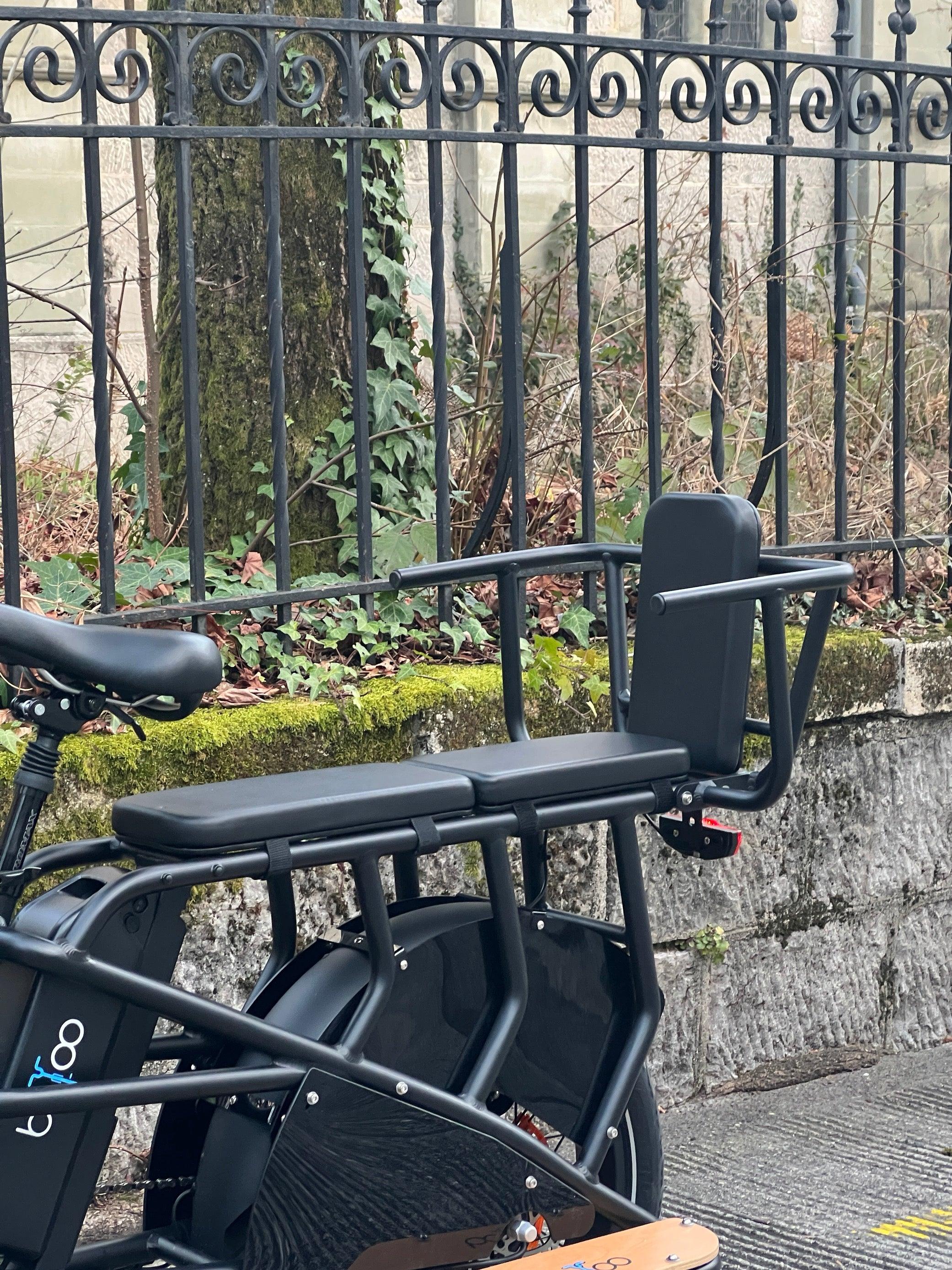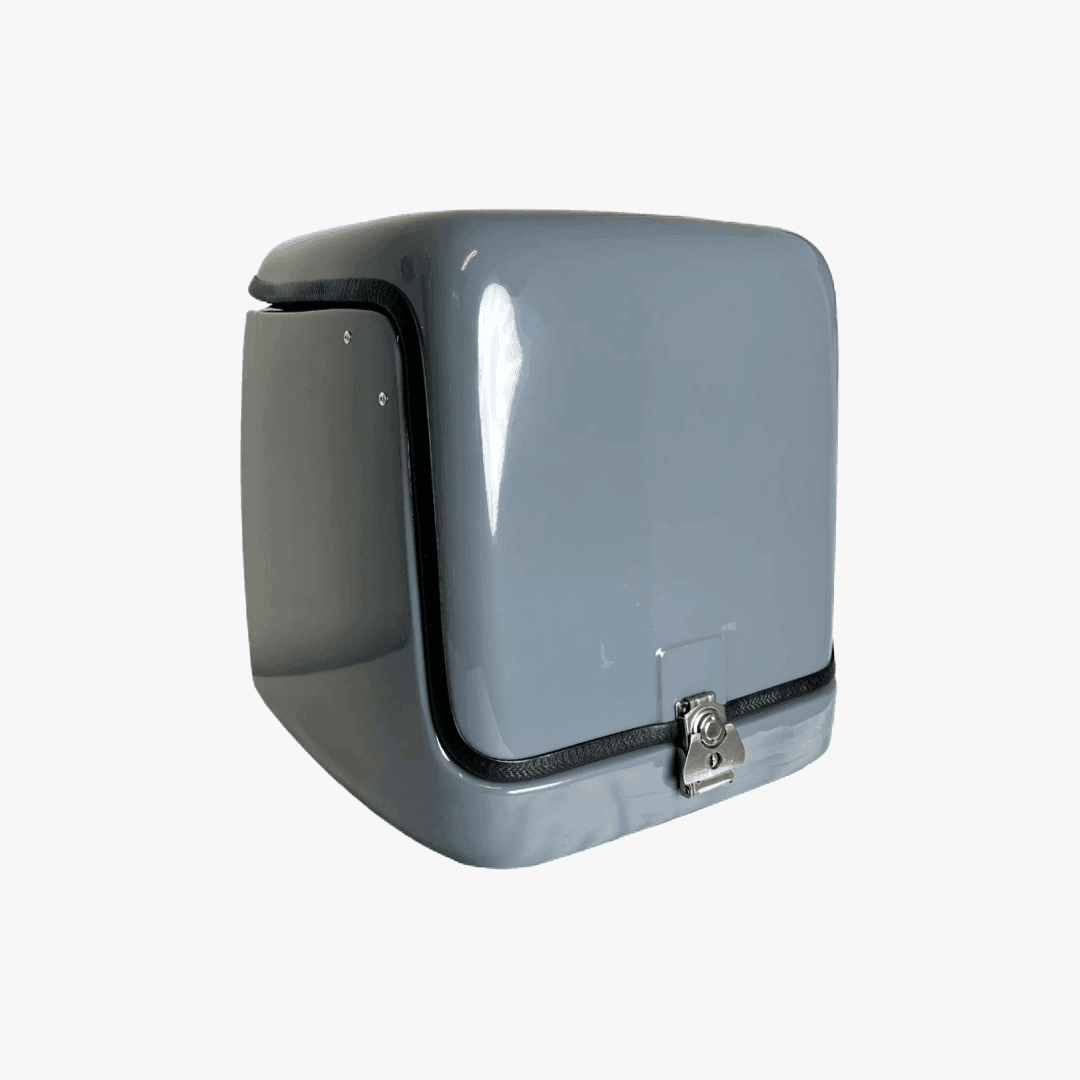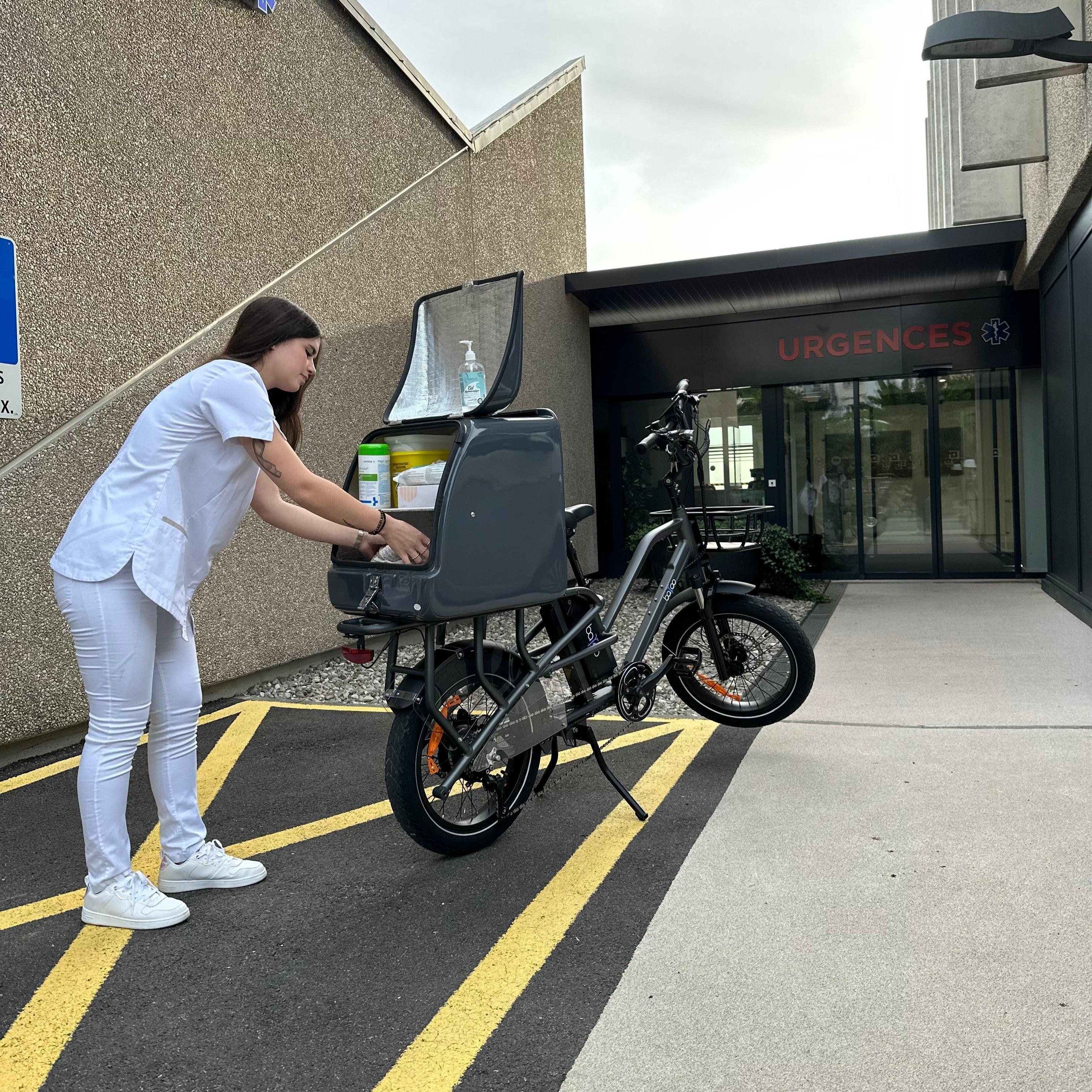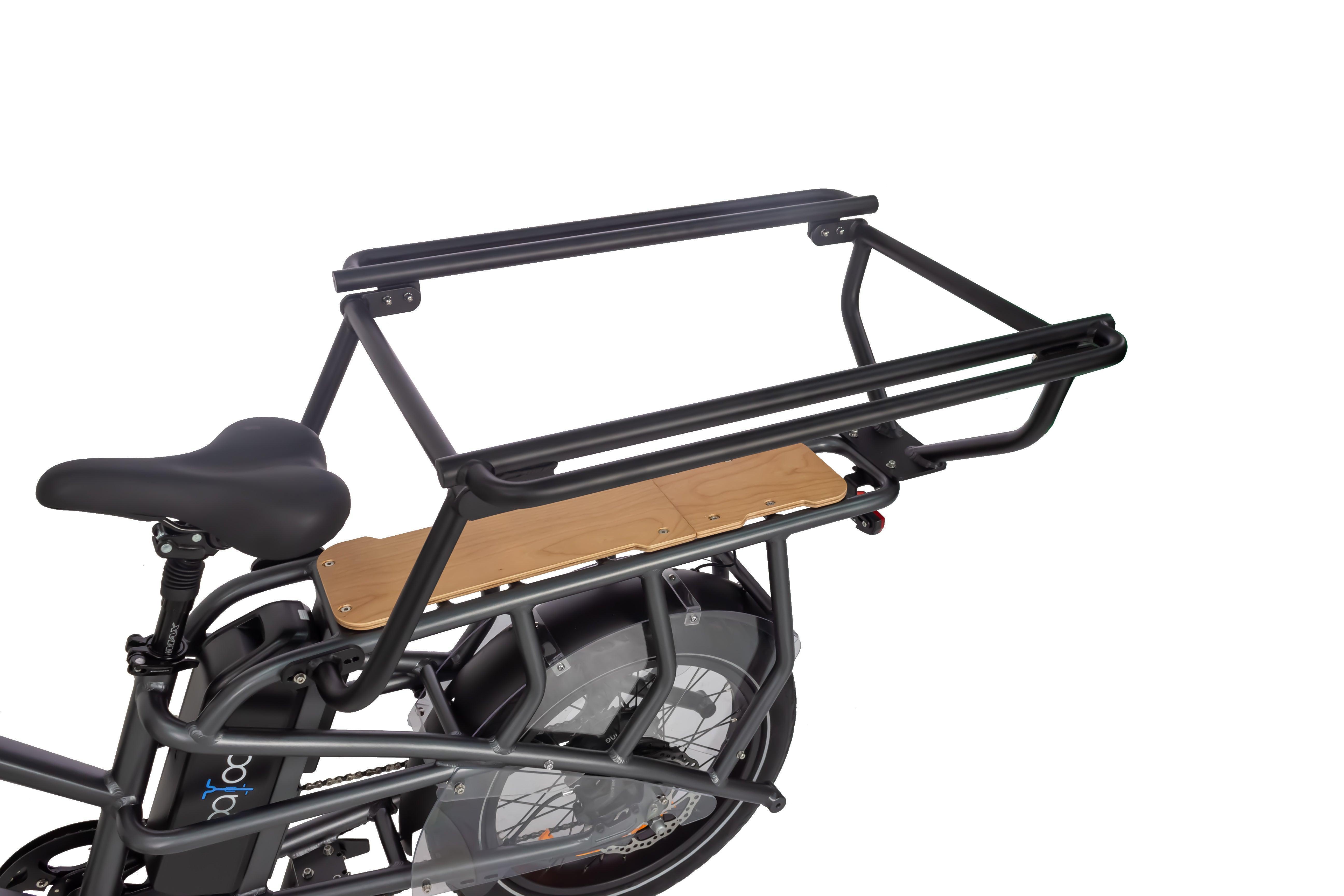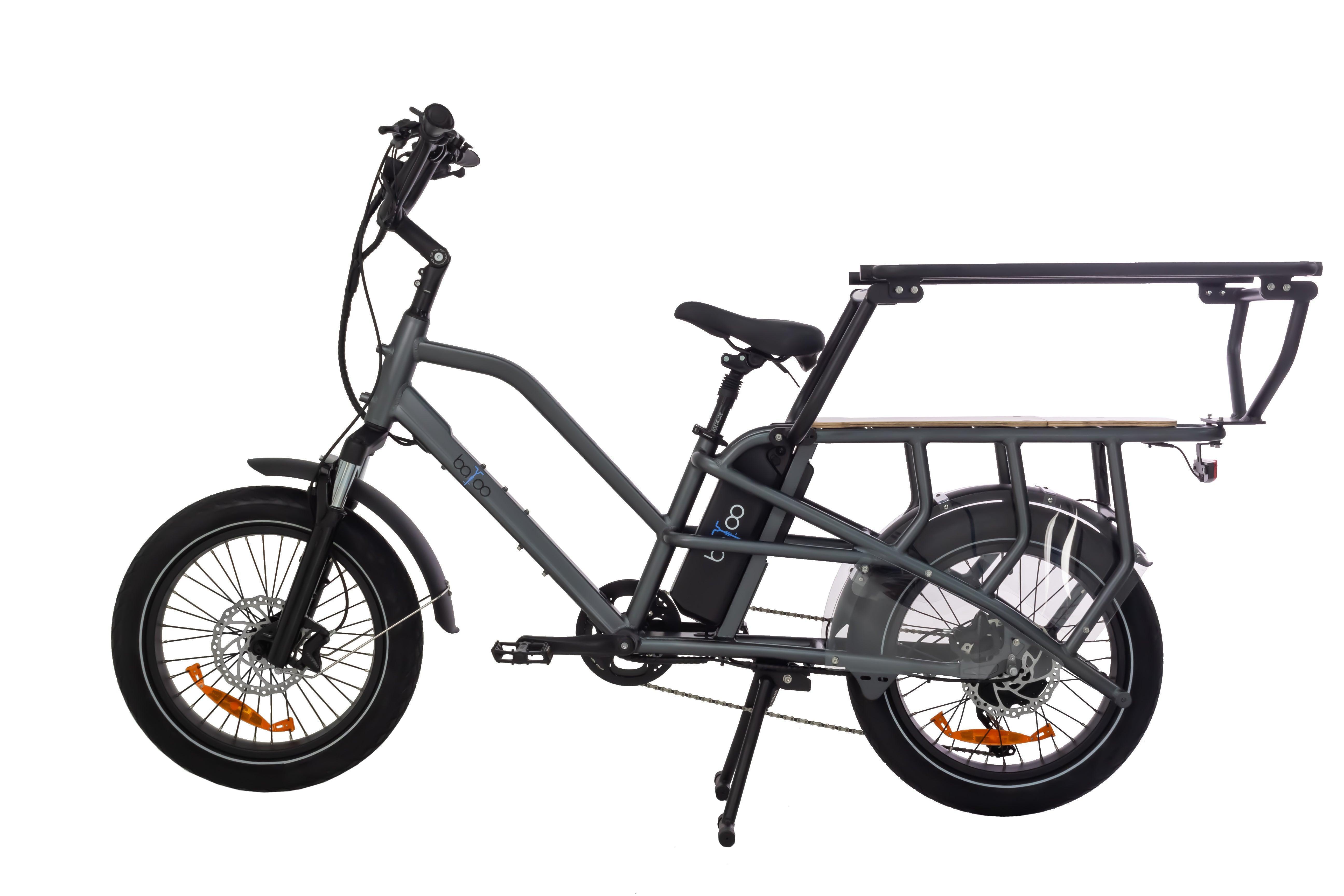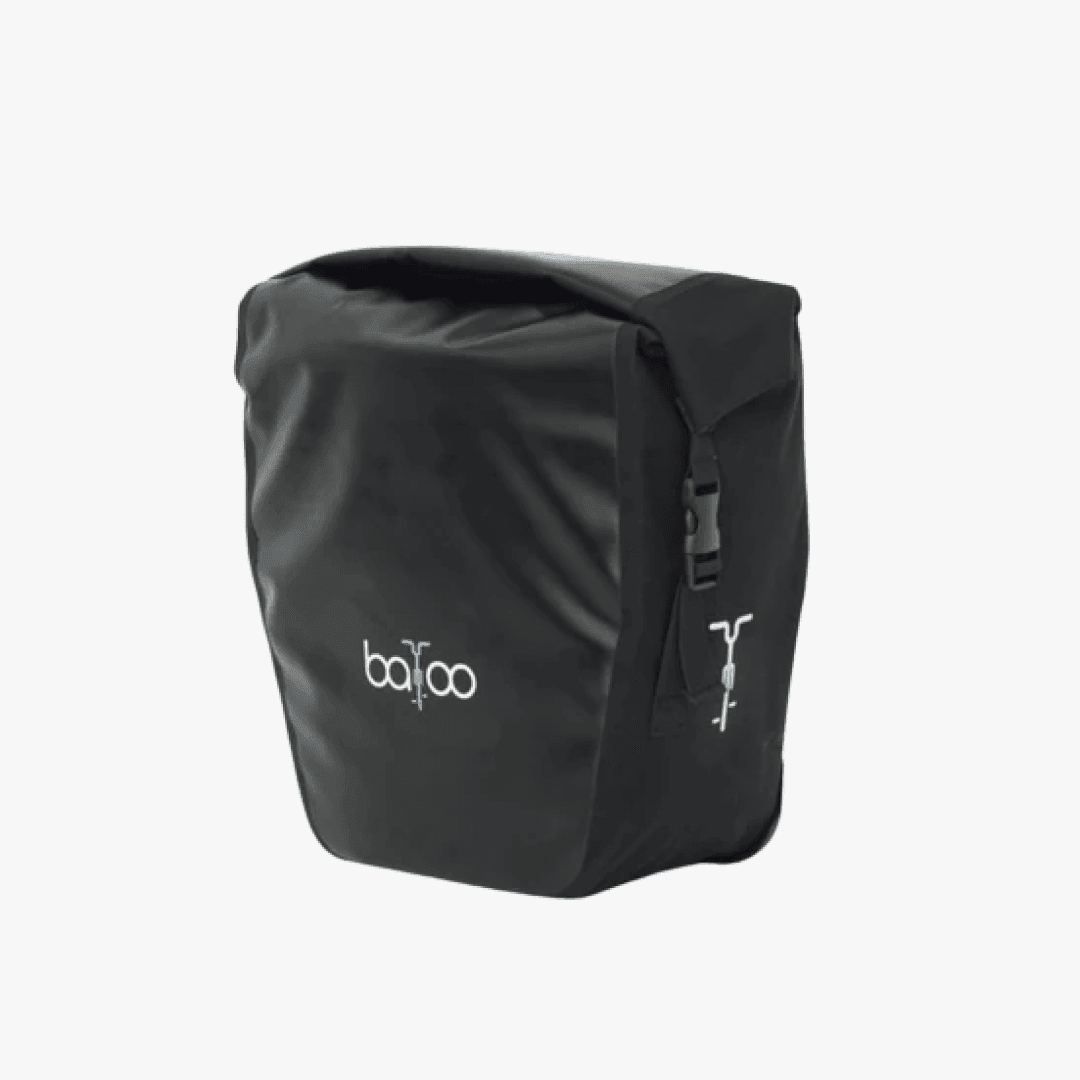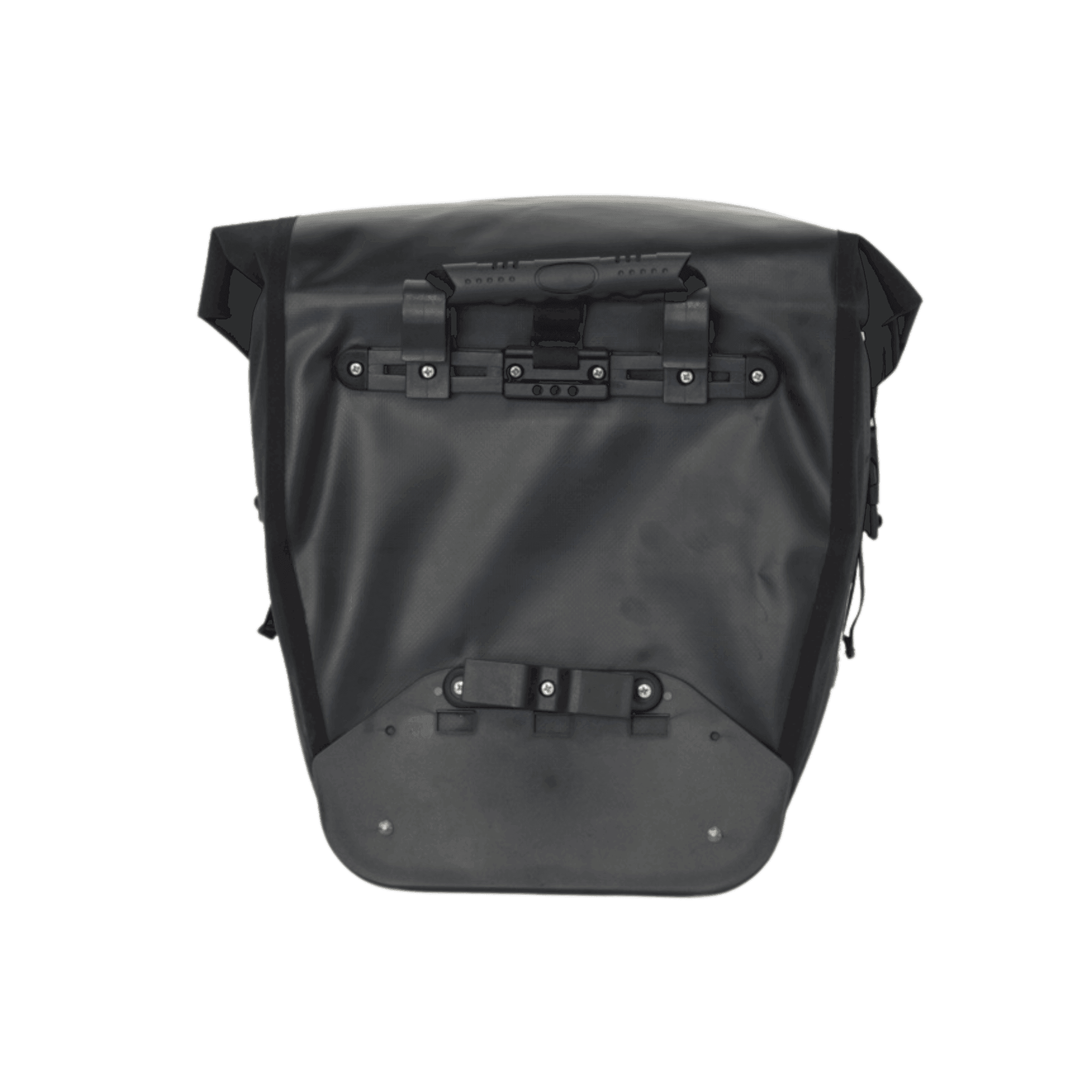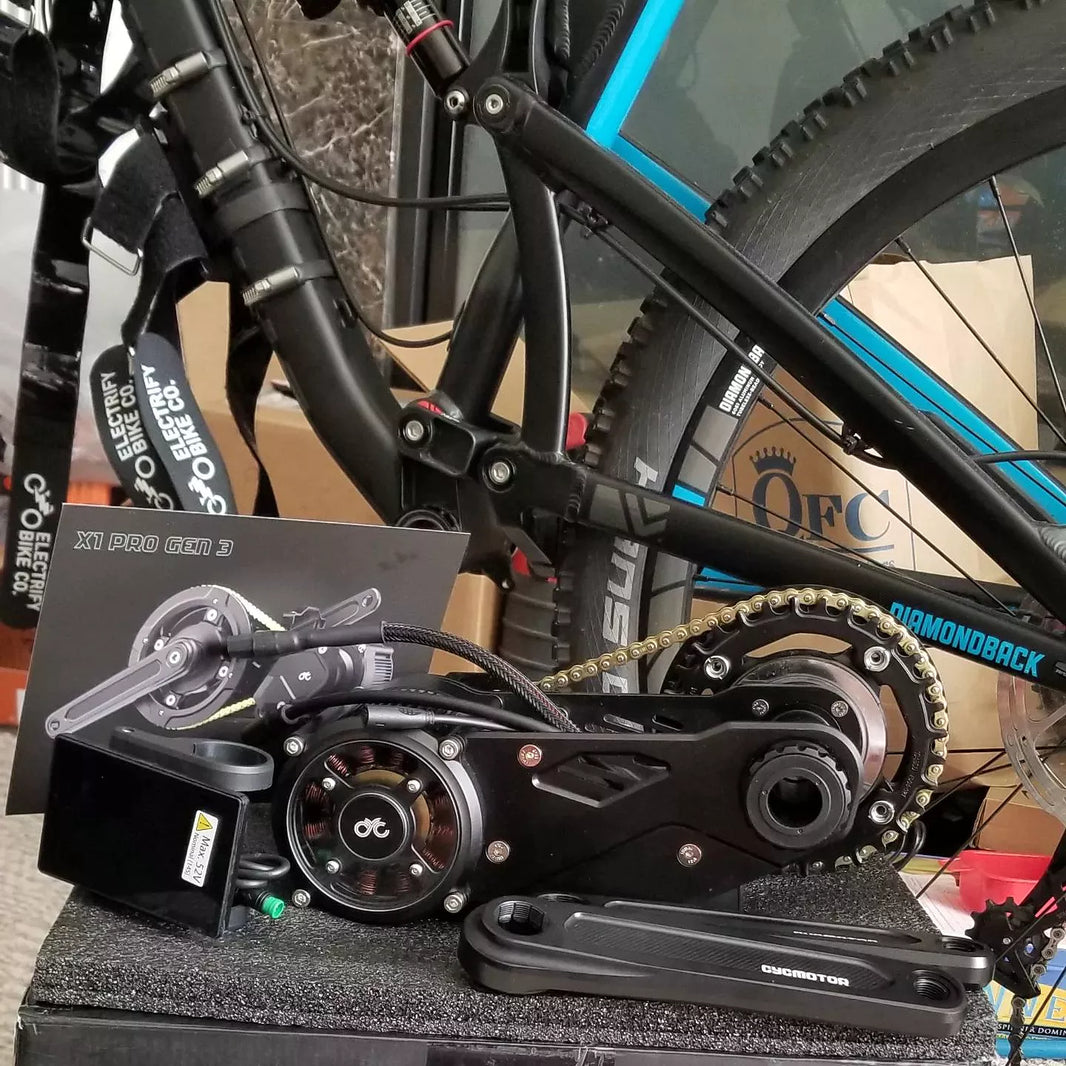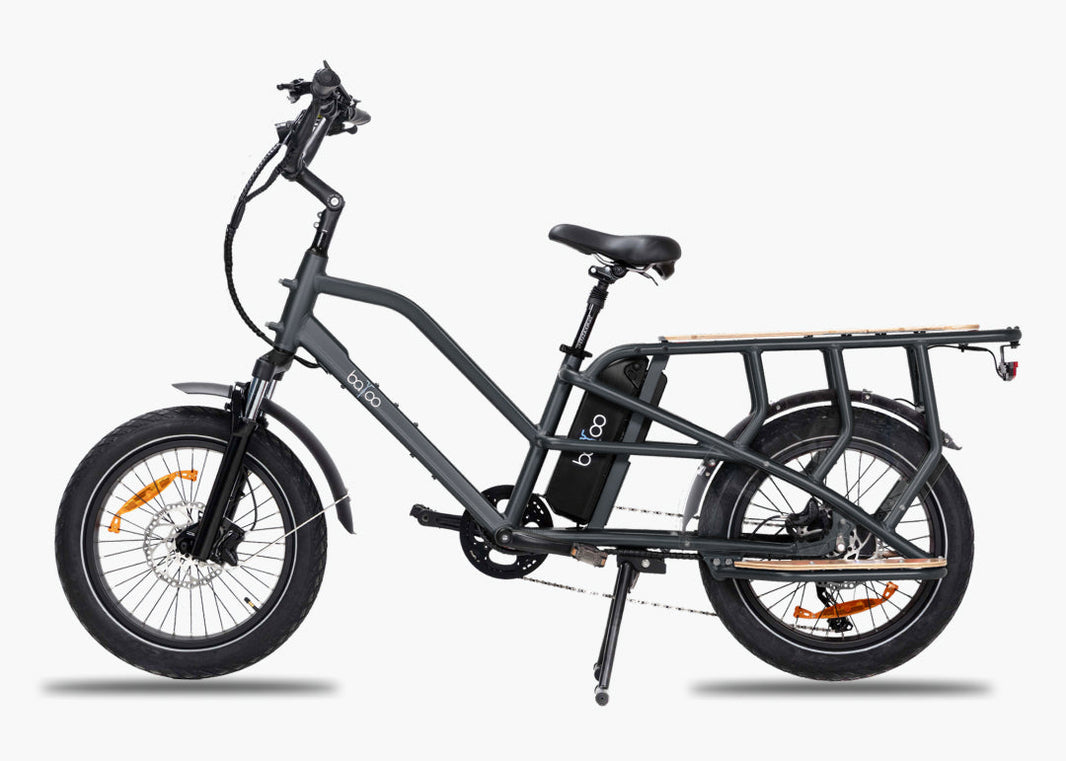The question of choosing a 45 km/h e-bike is logical when you frequently commute to work. On paper, the speed pedelec seems perfect: you ride fast, avoid traffic jams, and easily replace your car. In reality, the advantages of a 45 km/h e-bike come with very real disadvantages : registration, insurance, a driver's license, mandatory helmet, and a higher cost.
In Switzerland, an electric bicycle with assistance up to 45 km/h is legally classified as a speed pedelec . It must be registered, insured, equipped with a speedometer and a rearview mirror, and the mandatory speed pedelec helmet leaves no room for ambiguity.
The advantages of an electric bike with a top speed of 45 km/h
Saving time on commutes
The main advantage of a 45 km/h electric bike is its speed. S-pedelecs' tests show that they are very effective for commutes of around 15–20 km per trip: you can easily maintain 40–45 km/h with assistance, which often allows you to arrive faster than by car stuck in traffic.
If you need to cross several towns or ride on open intercity roads, the difference with a 25 km/h e-bike is clear. Where a regular bike or a slow e-bike tops out at around 20–25 minutes for 10 km, a speed bike can cover the same distance in much less time, consistently, without arriving drenched in sweat.
(Partially) replace the car
For some people, speed pedelecs allow them to leave their car parked several days a week. You reduce your fuel costs, parking fees, and sometimes even your travel time. Organizations like the TCS (Touring Club Switzerland) emphasize that these fast electric bikes are well-suited to people who make regular and relatively long journeys, requiring reliability and speed.
This works particularly well if you have good secure bike storage, changing rooms or showers at work, and quality cycle paths for much of the journey.
Comfort and power over long distances
A serious speed pedelec is equipped with a more powerful motor (up to 1000 W nominal) and high-capacity batteries to maintain effective assistance even uphill.
For long straight stretches, gentle inclines, or windy areas, it's a real advantage. The feeling is quite similar to a small scooter, with the pleasure of continuing to pedal, but with much less effort than a 25 km/h e-bike over the same distance.
The disadvantages of a speed pedelec
No more administrative and legal constraints
On the downside of speed pedelecs , it must be very clear: an electric bike with a top speed of 45 km/h must be registered with a yellow plate , have a circulation permit and be covered by specific civil liability insurance.
You also need a category M license (or a higher category that includes it) to drive it. Federal authorities and insurers remind you that without a license plate, sticker, or permit, you are simply breaking the law.
Higher purchase and operating costs
A high-quality speed bike is significantly more expensive than a standard 25 km/h e-bike . The frame, fork, brakes, battery, and motor all have to withstand the speed and weight, which is reflected in the price. Added to this are insurance premiums, registration fees, and the need for more frequent replacement of certain parts (brakes, tires, drivetrain).
If you don't regularly use the speed or distance, you end up with a more expensive and heavier vehicle, with no real daily gain compared to a good 25 km/h e-bike.
Helmet required and reinforced equipment
On a 45 km/h electric bike, a helmet is not just a recommendation; it's a legal requirement. Safety organizations like the BPA and insurance companies specify that these high-speed bikes must be used with a compliant helmet, often one that meets a specific standard or offers protection for high speeds.
The bicycle must also be equipped with a speedometer, a rearview mirror, a bell, and reliable lights. This adds weight, cost, and some complexity compared to a simpler electric bicycle.
Who is a 45 km/h bicycle really suitable for?

Ideal profile: regular long-distance commuter
Choosing a 45 km/h bike makes sense if you commute long distances every week, for example 15 to 25 km each way, on well-maintained roads. You're prepared to wear a helmet every time you ride, have a license, and maintain a more technical and expensive bike.
If you mainly ride on wide open roads, with few stops, the speed pedelec can really transform your daily life and replace some of your car journeys.
Situations where this isn't necessarily a good idea
If your journeys are short, very urban, with lots of stops, traffic lights, and pedestrian sections, a speed bike often doesn't offer a significant time saving. You spend more time braking and accelerating than maintaining 45 km/h.
In this case, the legal and financial constraints of a 45 km/h electric bike may be disproportionate to the actual benefit. A well-chosen speed bike versus e-bike comparison then clearly favors a lighter, simpler, and less expensive 25 km/h e-bike.
Speed bike vs. 25 km/h e-bike: a practical comparison
Differences in use and comfort
In practice, the choice between a speed pedelec and an e-bike comes down to three key factors: speed, ease of use, and versatility. The speed pedelec is unbeatable for quickly covering long distances, but it's heavier, stiffer, and less comfortable in very slow-moving areas. A 25 km/h e-bike is often more pleasant in the city, on narrow bike paths, and for climbing stairs or taking on a train.
Regulations reinforce this contrast: no license plate or permit is required for a slow e-bike for adults, whereas a fast e-bike has a true "moped status." In the long run, this makes a difference, especially if you only use the top speed occasionally.
Budget, insurance and simplicity
Another key point concerns the overall budget. Between the price of the bike, the license plate, the insurance sticker, the high-end helmet, and maintenance, the annual cost of a speed pedelec is logically higher. Prevention articles and insurance company fact sheets regularly emphasize this difference between slow and fast electric bikes.
If you are looking for an e-bike to get around simply, without dealing with the paperwork of a motorized vehicle, a 25 km/h e-bike remains the best compromise.
Concrete examples: staying on an e-bike at 25 km/h with Batoo

A practical urban e-bike: NCM Paris
For many Swiss cyclists, a good 25 km/h e-bike is more than enough. The NCM Paris , for example, is a compact folding electric bike, ideal for city riding, multimodal journeys (train + bike), and storage in small spaces. Its assistance cuts off at 25 km/h, which classifies it as a slow e-bike, requiring no special license or registration for an adult.
You benefit from real assistance, good autonomy and a folding frame, all while remaining within a very simple legal framework to manage.
A versatile electric mountain bike: NCM Moscow Plus
For more sporty rides or mixed city/trail riding, the NCM Moscow Plus is a robust electric mountain bike with a large battery and a motor designed to assist you up to 25 km/h. Again, it remains in the 25 km/h e-bike category: no speed bike registration, no specific sticker, but a real capacity for longer rides with elevation changes.
For many Batoo users, these models represent a better balance between comfort, administrative simplicity and budget than going straight to a speed pedelec.
FAQ – Choosing an electric bike with a top speed of 45 km/h
What are the advantages of an electric bike with a top speed of 45 km/h?
The main advantages of an electric bike with a 45 km/h top speed are speed and efficiency on relatively long commutes. You can maintain 40–45 km/h with assistance, reducing your travel time, avoiding traffic jams, and replacing some of your car journeys, especially on well-maintained 15–20 km routes.
What are the disadvantages of a speed pedelec?
The disadvantages of speed pedelecs are related to their moped status: yellow license plate, registration certificate, third-party liability insurance, M license or equivalent, mandatory helmet, and reinforced protective gear. The bike is more expensive, heavier, and more complex to insure and maintain than a standard 25 km/h e-bike.
Is a speedbike more expensive and heavier than a 25 km/h e-bike?
Yes, generally speaking, a 45 km/h speed pedelec is more expensive and heavier. The frame, motor, battery, and brakes are designed for higher speeds and intensive use. Tests and comparisons show that these bikes often far exceed the weight and price of a 25 km/h urban e-bike, not to mention the added costs of insurance and registration.
Do you need to wear a helmet when riding a bicycle at 45 km/h?
Yes, the mandatory helmet requirement for speed pedelecs is confirmed by the Swiss Confederation and prevention organizations: for fast e-bikes up to 45 km/h, wearing a helmet is legally required. Experts even recommend a certified helmet for higher speeds, offering good head and neck protection.












